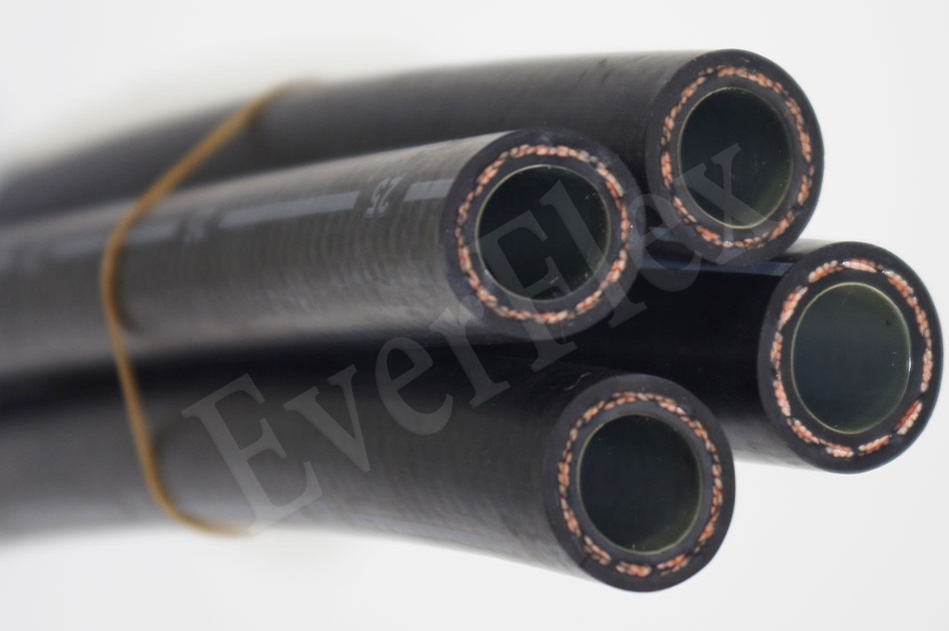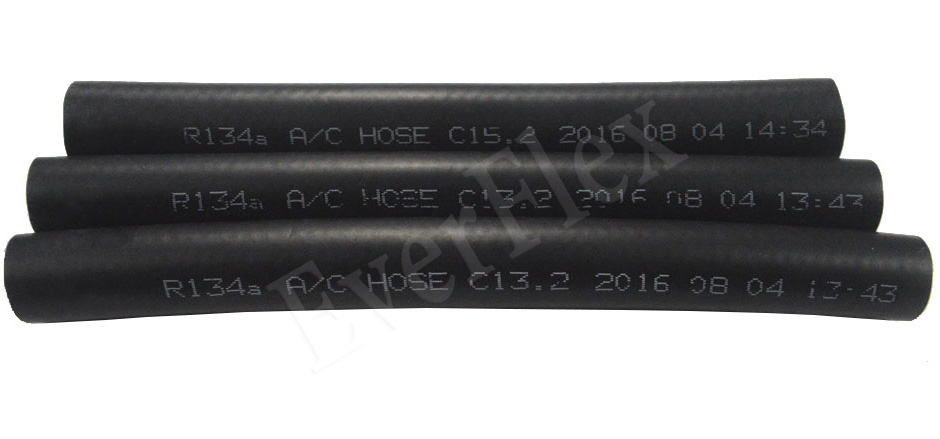The air conditioning system is one of a car’s most essential components. In hot summer, it blows cool air, while in cold winter, it uses heat from the engine to warm the cabin, keeping you comfortable while driving. However, AC hoses can develop various issues—for example, leaks. A leaking AC tube reduces cooling and heating efficiency, so let’s explore how to check for AC hose leaks.
Steps to Check for AC Hose Leaks
Inspect the AC Hoses
Start by examining the hoses for visible damage. If you spot cracks, bulges, or wear, replacing the hose is often the best solution.
Check the Compressor
Compressor issues can lead to insufficient stroke end seals. When the compressor compresses refrigerant, ultra-high pressure builds up at the stroke end. If the steel drum’s seal is loose or has tiny holes (“trachoma”), refrigerant will leak. This is a serious problem; you may need to replace the faulty part or even the entire compressor.
Examine the Expansion Valve
The expansion valve regulates refrigerant state changes, though issues here are rare. If problems arise, such as blockages or leaks, replacing the valve is straightforward. Additionally, check the surface cooler for trachoma or cracks, which can also cause leaks.
Look for Pipeline Ruptures or Oil Stains
Inspect the pipeline for ruptures or obvious oil stains (a sign of refrigerant leaks, as oil often mixes with refrigerant). For minor ruptures, apply a soap solution to identify leaking spots. Bubbles will form where air escapes, helping you pinpoint the issue.
Maintenance Tips
Regularly inspect your AC hoses to keep them in good condition. If you detect any problems, repair or replace the hoses immediately to avoid further damage. For more information on high-quality car AC hoses and expert solutions, contact Everflex. We offer durable air con pipes and tailored advice to keep your vehicle’s AC system running smoothly.








